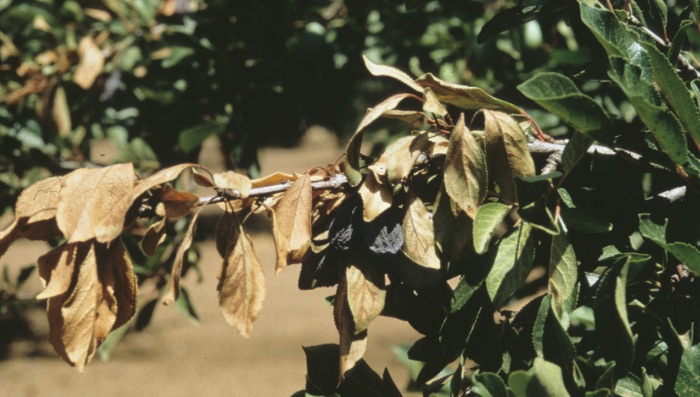Northern CA Walnut Trees Confused
Some Walnut Trees in Northern California Suffering from Lack of Sleep!
By Laurie Greene, Editor
We all know what the day after a night of insomnia is like; befuddled, confused and tiring. Sometimes we cannot even get our act together. The walnut trees of Northern California are experiencing just that.
Richard Buchner, a UC Cooperative Extension Farm Advisor in Tehama County, explained, “Tehama has a lot of Chandler varieties and the trees are sort of behaving like they did not get too much sleep, in the case of the tree it is more like chilling, and we think that the lack of chilling is confusing them. We have trees with full leaves out, and trees that might have some flowers out, or maybe the right-hand part of the tree, is flowering and the left side is not or it’s flowering. They are really confused.”
Commenting on the potential crop, Buchner said, “We had a lack of chilling last last year, but had a pretty good crop, so we are not wholly sure what this means. It looks funny, but it is getting a little better as the trees grow older.”
“Walnuts need a pollinator to set the crop, but that cannot happen if the blooms have not opened,” noted Buchner. “The problem is if the bloom straggles way out, and we don’t get flowers pollinated, we can’t set a nut and sometimes we get lots of mixed nut sizes,” he said.










